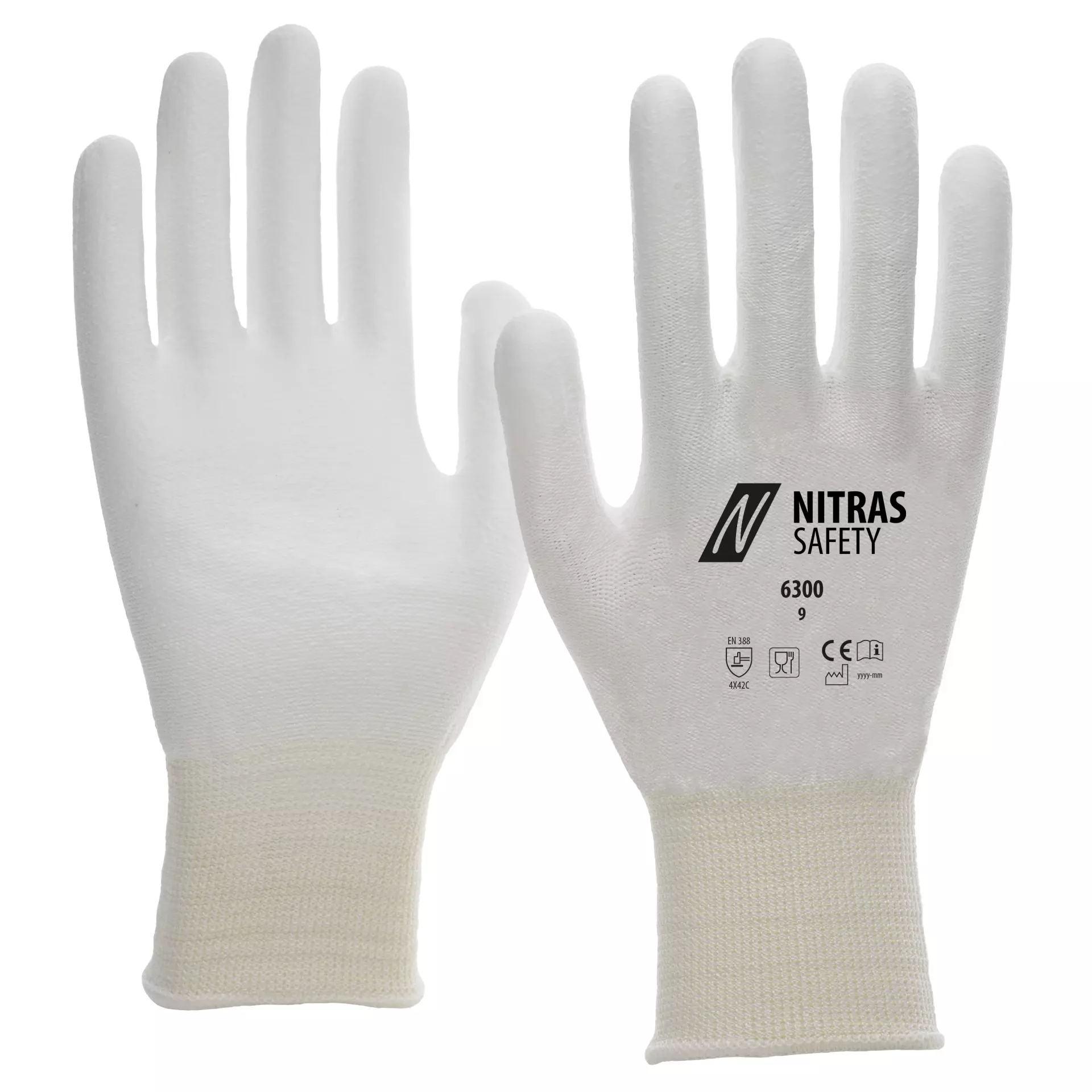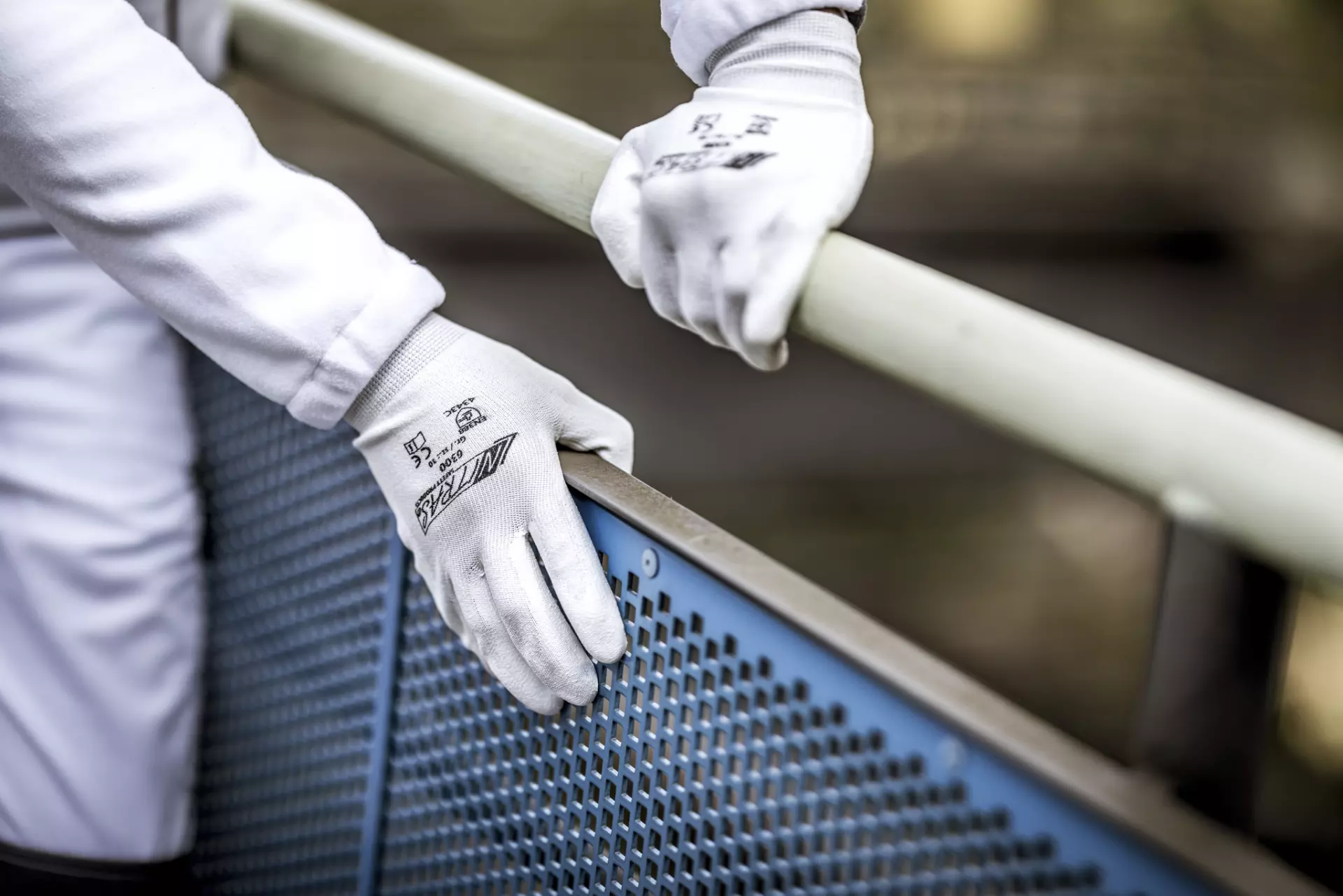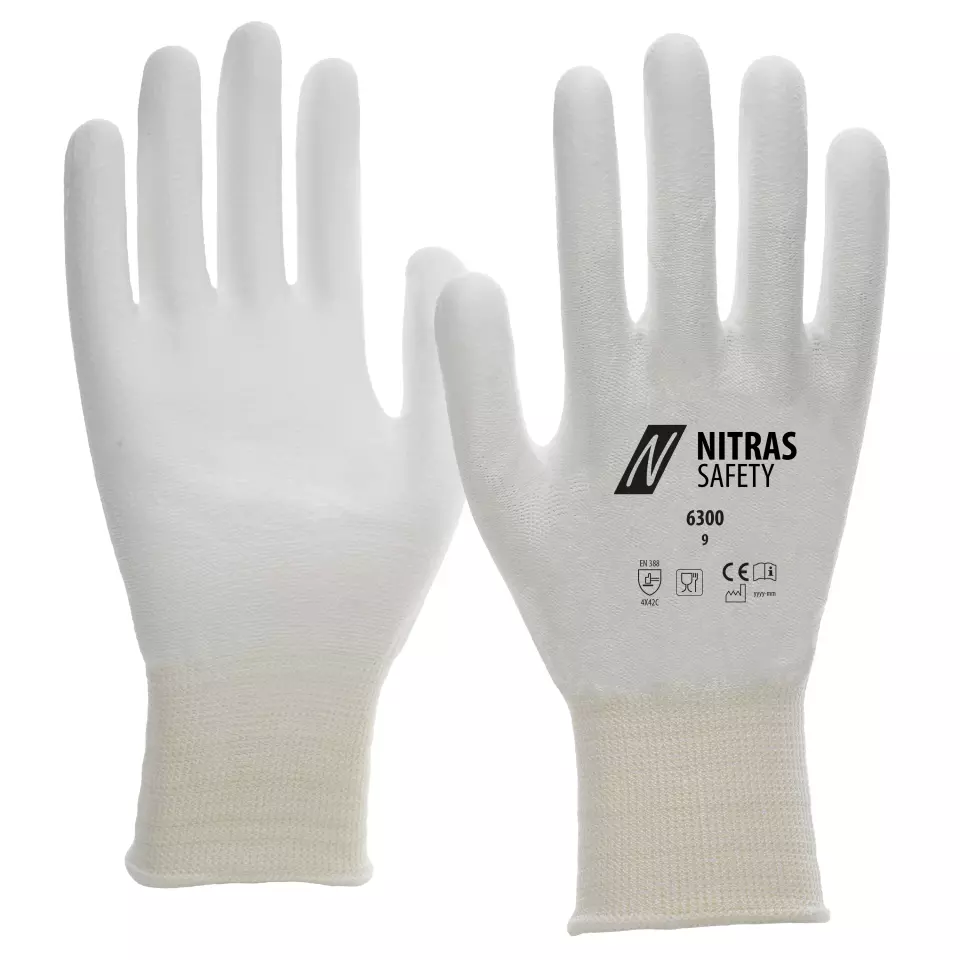

Features You'll Love

EN 388 · Abrasion Resistance Level 4, Tear Resistance Level 4, Puncture Resistance Level 3
Offers the highest level of protection against intense rubbing and wear from rough materials.
Offers the highest level of protection against tearing, withstanding a strong force before ripping.
Withstands strong pressure from sharp objects like nails or thick splinters.
Nitras
Cut protection Gloves, White, 10 pairs
Cut protection Gloves, White, 10 pairs
5 / 5
40,46 €
Price per 10 pairs
4,05 € / pair
Choose size
Shipping fee is 7,95 € for orders under 80,00 €
Features You'll Love

EN 388 · Abrasion Resistance Level 4, Tear Resistance Level 4, Puncture Resistance Level 3
Offers the highest level of protection against intense rubbing and wear from rough materials.
Offers the highest level of protection against tearing, withstanding a strong force before ripping.
Withstands strong pressure from sharp objects like nails or thick splinters.
Product description
Professional cut-resistant gloves featuring special protective yarn construction with a partial polyurethane coating on palms and fingertips. These gloves combine high cut resistance with ergonomic design, enhanced by a knitted wrist for secure fit and optimal comfort during use.
Product Features:
- Special protective yarn construction
- PU coating on palm and fingertips
- Knitted wrist for secure fit
- High cut resistance
- Enhanced wearing comfort